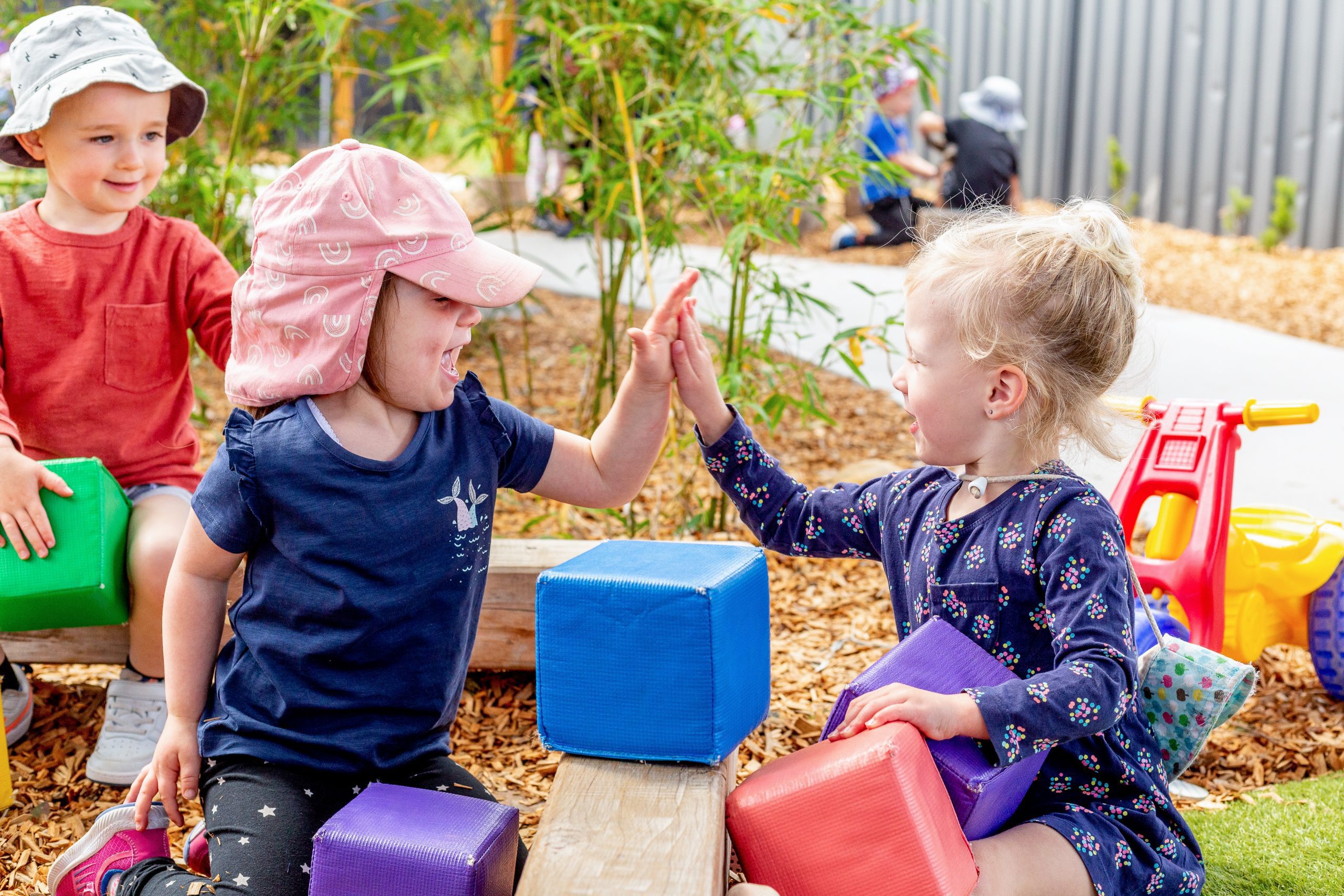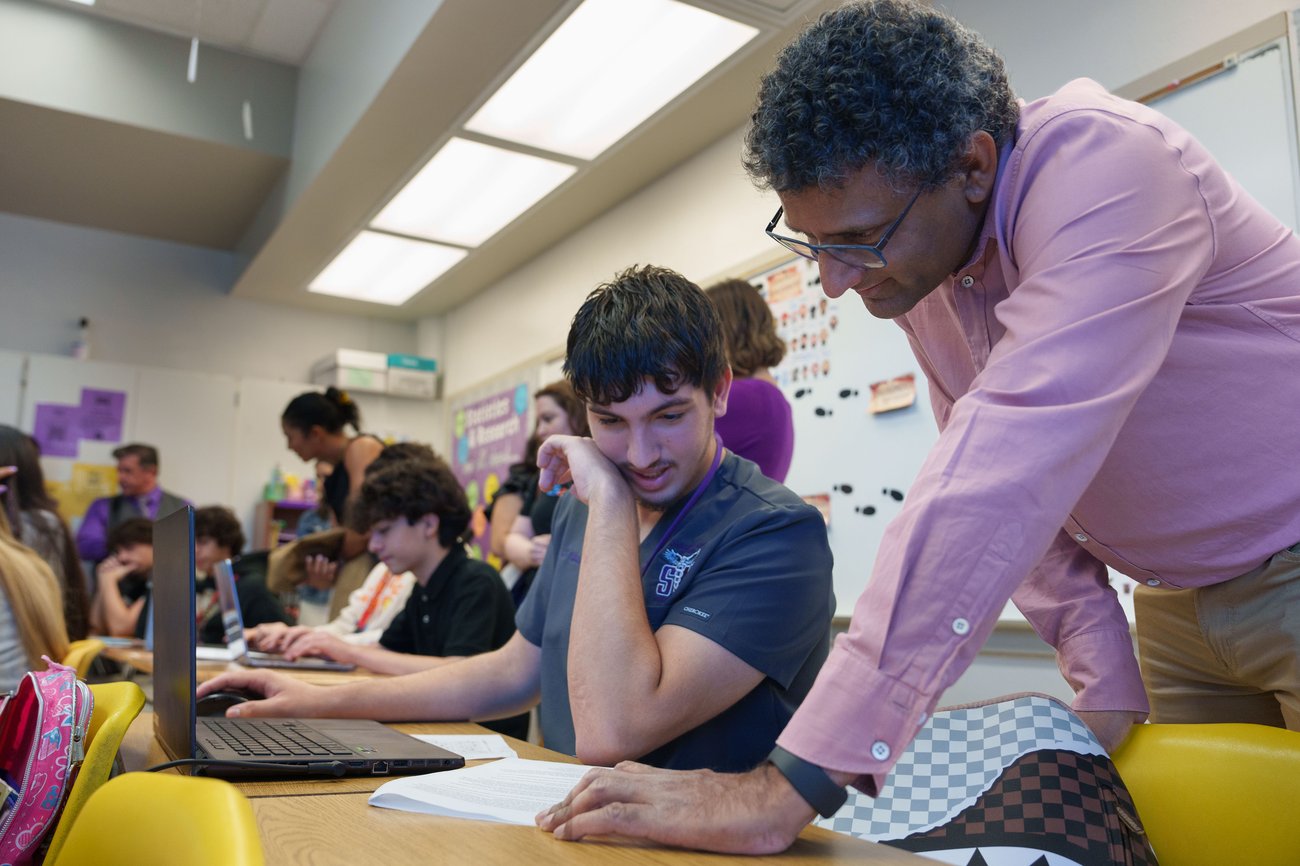
A lunchtime lesson in Japan’s “Shokuiku”: More than just a meal
- August 22, 2025
- 0

It’s around 12 p.m. at an elementary school in Nagasaki Prefecture, Japan. The classroom hums with quiet excitement as students slip on white smocks and matching caps.
They form teams, moving purposefully between the lunch cart and the rows of desks. This is not just a lunch break—it is learning.
Here, lunch is not served in a cafeteria. It doesn’t come from a machine that sells it. In Japan, school lunch—kyūshoku—is a shared ritual, a lesson in nutrition.
Through interactions with other people, it promotes a sense of responsibility and care for others. And it is a core part of what the Japanese call “Shokuiku,” or food and nutrition education.
Contents
What is Shokuiku?
Shokuiku (食育) is more than nutrition education. The cultivation of knowledge, skills, and attitudes necessary to make healthy dietary choices, maintain health, and connect with the cultural and social meanings of food is how the Basic Act on Shokuiku of 2005 in Japan defines it legally. It integrates health, moral, and physical education, and is taught not just in textbooks—but through practice and experiences.
A lesson at lunchtime
In the classroom, today’s menu is chestnut rice, Takeda Farm’s potato miso soup, salt-grilled mackerel, and pickled fried eggplant.
A carton of milk completes the tray. The ingredients are locally sourced, the flavors traditional.
The students who serve the meal are called kyūshoku tōban – lunch duty leaders. They provide their classmates with precision, kindness, and care. Once everyone has their tray, a student steps to the front of the class and announces, “Let’s say thank you to the people who prepared our food.” Then all say in unison: “Itadakimasu!” – a customary expression of gratitude.
As they eat, a registered dietitian explains where the mackerel came from, why miso is fermented, or why chestnuts are served today. The meal becomes a springboard for curiosity, cultural pride, and nutritional literacy.
Behind the scenes: how the system works
Japan’s school lunch program is a product of decades of inter-sectoral policy effort, managed by the Ministry of Education, Culture, Sports, Science and Technology, collaborating with health, agriculture and local government.
It reaches nearly every child in public elementary and junior high schools nationwide.
Meals are carefully designed by licensed dietitians to meet specific nutritional standards for school children.
Parents pay a monthly fee (subsidized for low-income families), but the philosophy is universal provision, not targeted welfare. Importantly, the meals are eaten in the classroom, together, reinforcing inclusion and equality. There is no child left behind. Why it’s important This approach isn’t just about food—it’s about forming habits, fostering empathy, and teaching care for others.
In a country where childhood obesity rates are among the lowest in the OECD, and that consistently ranks high in life expectancy indicators, school lunch is recognized not simply as serving meals, but also as a pedagogical opportunity.
Shokuiku also addresses broader societal challenges: food waste, environmental sustainability, and declining agricultural ties.
Students often visit local farms or engage in school gardens, closing the loop between production and consumption-“Chisan-Chisho (local products, local consumption)”.
The world’s lessons In many countries, school meals are seen as a safety net—a tool for improving nutrition and enrollment in low-income settings.
Japan’s example adds a complementary perspective: school meals as education, embedded in the daily rhythm of learning, supporting not just physical growth but social and ethical development.
While Japan benefits from sound infrastructure and policies, the principles of shokuiku can be adapted elsewhere.
In fact, Japan International Cooperation Agency (JICA) is already working with countries such as Mongolia, Indonesia and Malaysia through technical assistance to introduce elements of this approach in different cultural contexts.
A final bell, a lasting lesson
Back in the classroom, lunch is nearly over. Students stack the trays neatly. The final chorus of “Gochisōsama deshita!” – “Thank you for the meal!” – rings out. It’s not an afterthought. It’s a lesson on gratitude, health, and shared responsibility.
School lunch in Japan is more than a meal. It’s a mirror of values, a tool for lifelong health, and a quiet revolution in how we educate children—not just what to eat, but how to live.




















